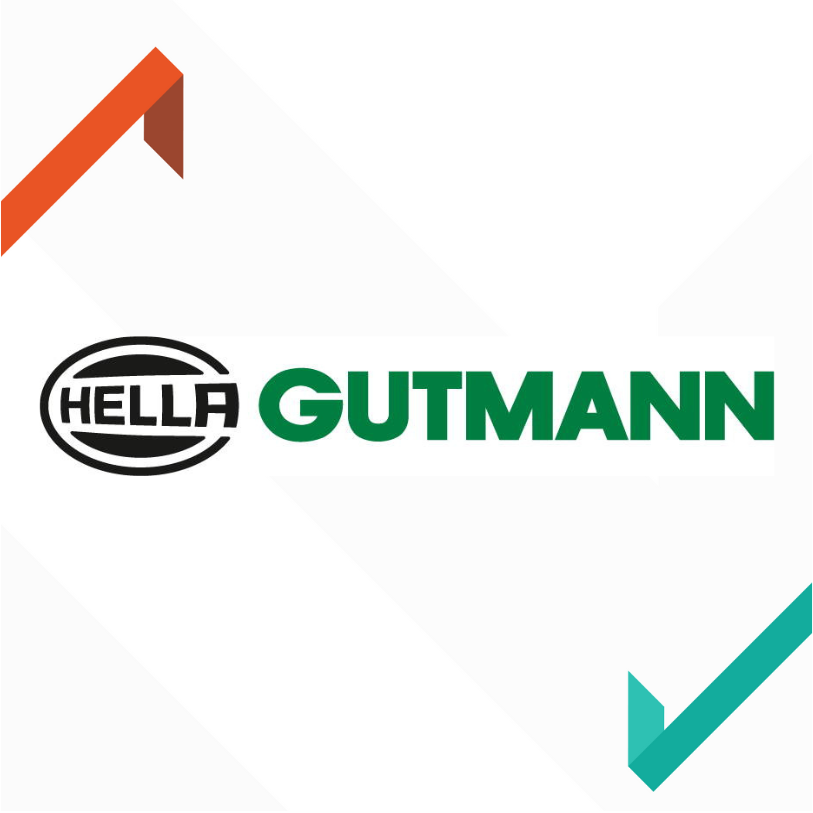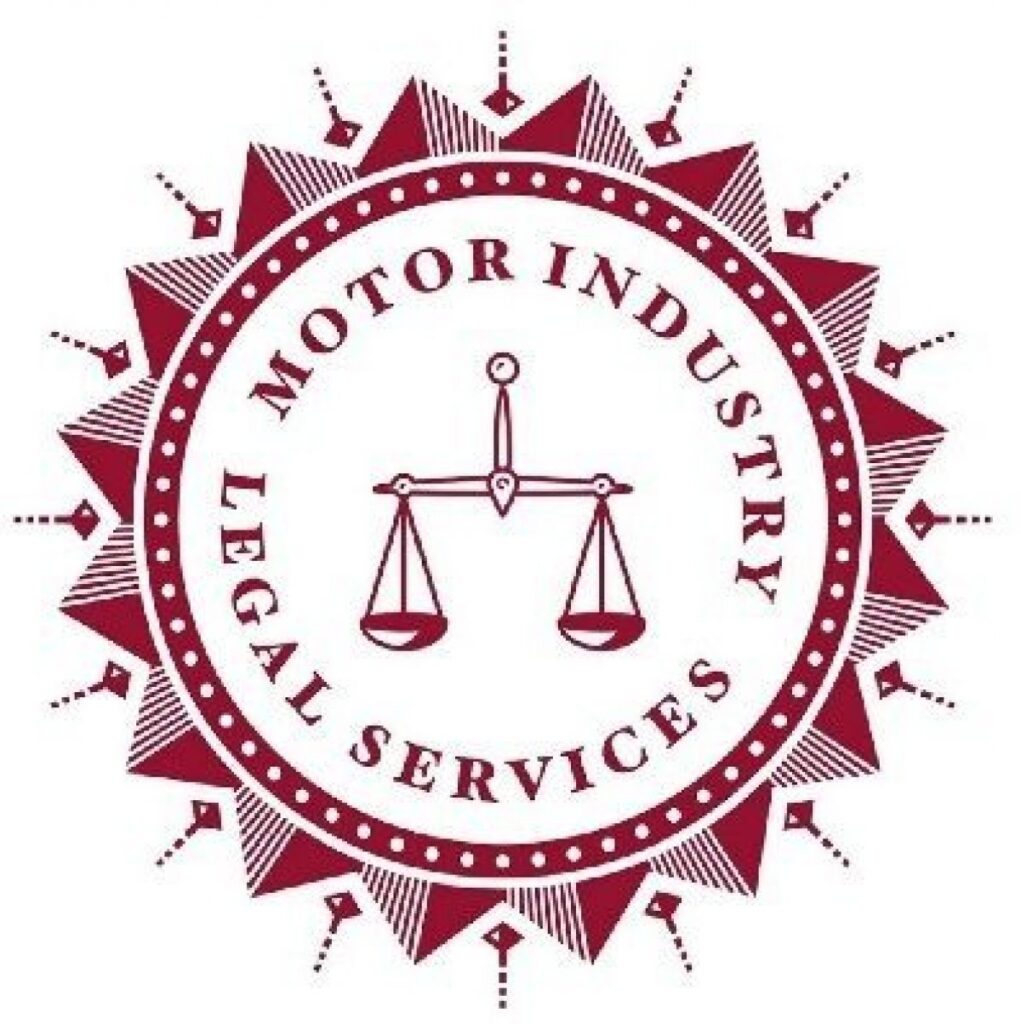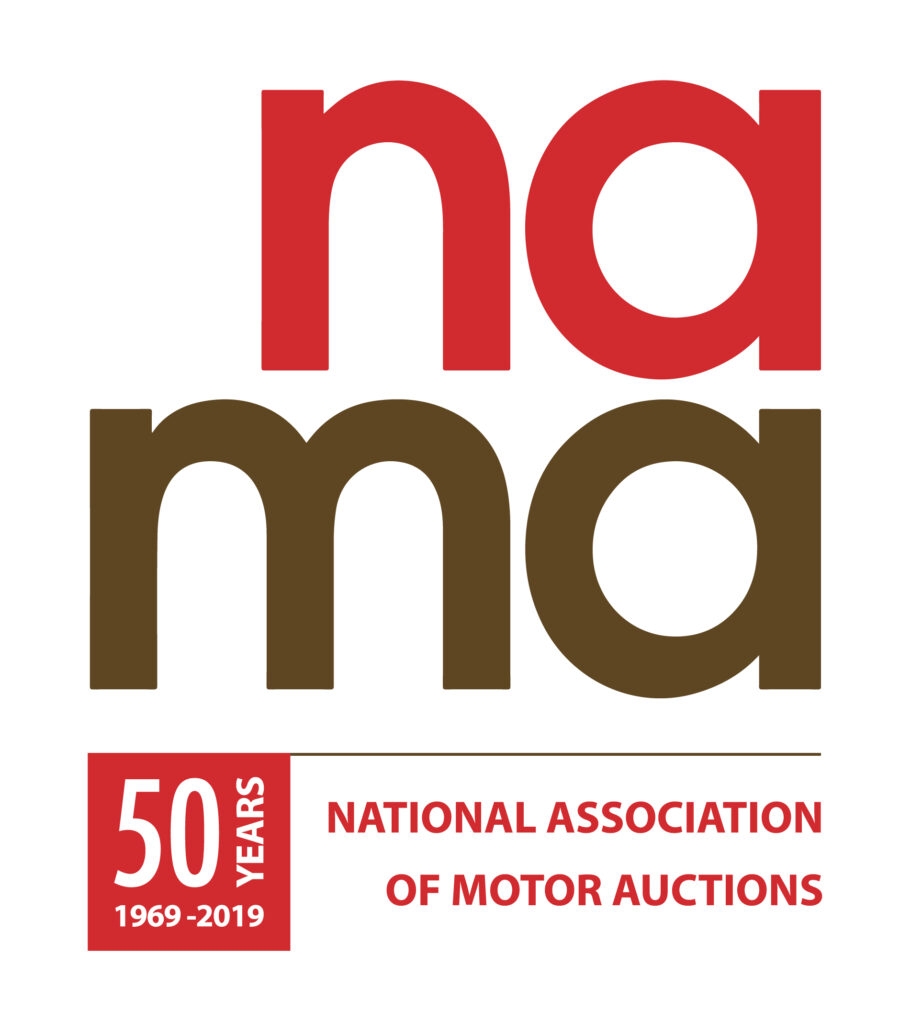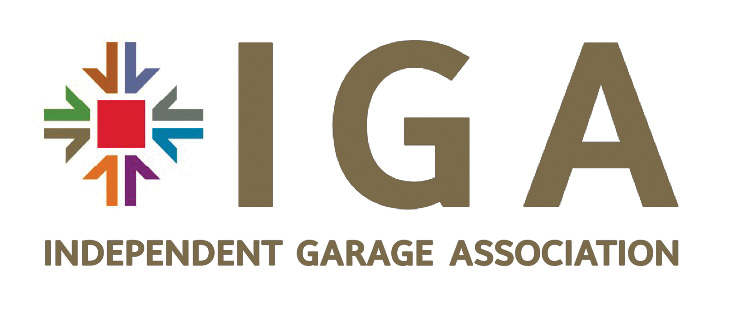[vc_row type=”in_container” full_screen_row_position=”middle” column_margin=”default” scene_position=”center” text_color=”dark” text_align=”left” overlay_strength=”0.3″ shape_divider_position=”bottom” bg_image_animation=”none”][vc_column column_padding=”no-extra-padding” column_padding_position=”all” background_color_opacity=”1″ background_hover_color_opacity=”1″ column_link_target=”_self” column_shadow=”none” column_border_radius=”none” width=”1/1″ tablet_width_inherit=”default” tablet_text_alignment=”default” phone_text_alignment=”default” overlay_strength=”0.3″ column_border_width=”none” column_border_style=”solid” bg_image_animation=”none”][vc_column_text]The British Standards Institute (BSI) recently published BS 10125:2022 Automotive services. Vehicle damage repair processes. Specification. This is the British Standard designed to help body shops adopt best practice in the repair of vehicles up to 5 tonnes GVW. It has been fully revised to reflect the technical advances in vehicles and methods of repair, including for hybrid and electric vehicles.
Written by industry experts, BS 10125 specifies the best approach to conducting consistently safe, high-quality repairs to accident damaged vehicles.
The guidance in BS 10125 sets out best practice in undertaking automotive repairs to ensure consistently safe repairs that enhance the reputation of a business. It was built on the four cornerstones of safe repair. These cornerstones are commonly referred to as the Four Ms – Man, Method, Machine and Materials.
The standard is used by repairers to show that they have the technical competence, management systems and procedures to operate and perform repairs to the highest standards. BS 10125’s widespread use in the industry means that it is recognized by automotive manufacturers and most major insurance companies as an indication of a repairer’s commitment to quality.
What has changed in the BS 10125 specification?
Standards are updated periodically, to ensure their guidance continues to meet industry and organizational needs.
BS 10125 underwent a full revision in 2022 to make it easier for vehicle repair businesses to prove their competence and invest in CPD (Continual Professional Development). The revision also supports an increase in opportunities for compliance to more businesses, as well as reflecting the technical advances in vehicles and methods of repair that have taken place over the past few years.
Nick Fleming, Associate Director, Transport and Mobility at BSI said: ‘The automotive industry has seen a great deal of change in the last few years, it’s important that BSI’s standards such as BS 10125 adapt to meet industry requirements and continue to promote consumer protection. This latest revision to BS 10125 will help to ensure the standard reflects new vehicle connectivity, safety and powertrain technologies in the automotive repair process.’
The major changes introduced in BS 10125:2022 include:
- Clarification of the scope bringing clear focus on preparation for repair and reinstatement of vehicle systems
- Introduction of the recognition of Continued Professional Development (CPD) as a proof of continued competence
- Clarification of competence and supervision requirements and the difference between supervision of people by currently competent person/s
- Updates to replacement parts confirming alignment with VRA UK Standard for Reclaimed Parts from End-of-Life Vehicles
- Clarification that subcontracting at a repair task level requires compliance with this standard
- Clarification of repair process management requirements including records to be retained
- Amendments to claims of conformance requirements
- Other amendments and updates throughout including improved and updated technical clarification for managing ADAS (advanced driver-assistance systems), EVs (electric vehicles) and other technology advances in repair throughout the standard
Due to the significance of these changes to the specification, it is strongly advised that all users of the
BS 10125 standard ensure they are working to the best practices in the 2022 version.
What are the benefits of adhering to the BS 10125 specification?
Following the updated guidance in the latest edition of the BS 10125 standard document can help your business to:
- Improve the quality of repairs and lower the risk of re-work
- Improve customer satisfaction and retention
- Provide a robust base for business development and expansion
- Differentiate your garage from the competition and enhance your brand reputation
- Provide ongoing quality assurance through repeated, rigorous safety checks and audits
- Keep drivers safe
BS 10125:2022 is available to download from the BSI Knowledge platform. [/vc_column_text][/vc_column][/vc_row]








